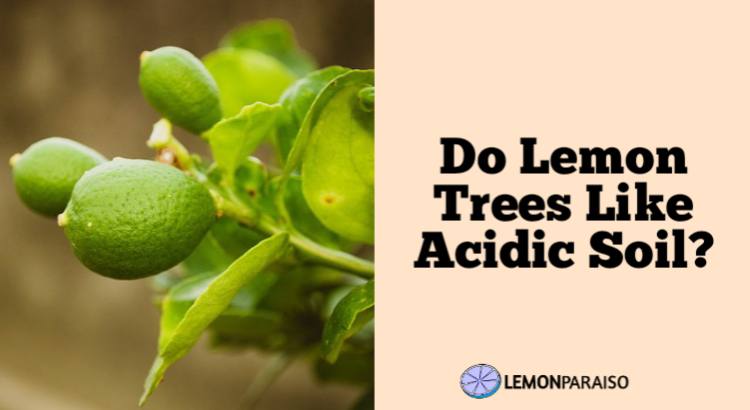Do Lemon And Limes Grow On The Same Tree?
Lemons (Citrus limon) and limes (Citrus aurantiifolia or Citrus latifolia) are two popular citrus fruits known for their tangy flavor and versatile uses in cooking, baking, and beverages. Both fruits belong to the Rutaceae family and share similar growing conditions, leading many to wonder if lemon and lime trees can be grown on the same tree. In this article, we will explore the botanical characteristics of lemon and lime trees, their cultivation requirements, and whether it is possible to have both fruits on a single tree.
Do Lemon And Limes Grow On The Same Tree?
No, lemons and limes do not typically grow on the same tree. Lemons (Citrus limon) and limes (Citrus aurantiifolia or Citrus latifolia) are distinct citrus fruits that come from different trees within the Citrus genus. Each tree has its own unique characteristics, and while they share some similarities, such as the acidic and tangy taste, they are genetically different species.
Lemon trees are known for their oval or elliptical yellow fruit with a bright and tart flavor, while lime trees produce small, round to oval fruits that can range from green to yellow and have a slightly different flavor profile. It’s important for gardeners and citrus enthusiasts to choose the specific tree variety they desire when cultivating lemons or limes, as they require different care and conditions for optimal growth.
Botanical Characteristics:
Lemon and lime trees are distinct but closely related species within the citrus genus. Lemons typically have a bright yellow color, a slightly elliptical shape, and a sour taste due to their high citric acid content. On the other hand, limes are often smaller, with a green color, and can be either sweet or tart. Despite their differences, both fruits share similar genetic traits and requirements for optimal growth.
Grafting and Citrus Varieties:
The practice of grafting, a horticultural technique, has been employed for centuries to combine different plant varieties onto a single rootstock. Grafting allows for the propagation of specific characteristics, such as disease resistance or improved fruit quality. In the case of citrus trees, it is possible to graft branches or buds of lemon and lime varieties onto a common rootstock, creating a tree that bears both types of fruit.
Grafting lemon and lime branches onto the same tree can result in a visually striking and productive citrus tree. However, it is essential to choose compatible citrus varieties, as some may not thrive when grafted together. Additionally, care should be taken to ensure that the rootstock is well-suited to both lemon and lime branches.
Cultivation Requirements:
Whether grown separately or grafted onto the same tree, lemon and lime trees share similar cultivation requirements. Both prefer a warm, subtropical to tropical climate with well-draining soil. They require full sunlight, regular watering, and protection from frost. Adequate spacing and proper pruning are essential to ensure air circulation and sunlight penetration, promoting healthy fruit development.
Challenges and Considerations:
While it is technically possible to have lemon and lime branches on the same tree through grafting, there are some challenges and considerations to keep in mind. The most significant factor is ensuring that the selected varieties are compatible and that the rootstock supports both lemon and lime growth.
Additionally, each citrus variety may have slightly different nutrient requirements and susceptibility to pests and diseases. Vigilant monitoring and appropriate care practices are crucial to prevent issues that may arise from differences in the two fruits’ characteristics.
Conclusion:
In conclusion, lemon and lime trees can be grown on the same tree through the practice of grafting. This horticultural technique allows for the combination of different citrus varieties onto a single rootstock, resulting in a unique and visually appealing tree that produces both lemons and limes. However, careful consideration of compatible varieties, proper cultivation practices, and monitoring for potential challenges are essential for success. With the right approach, gardeners can enjoy the benefits of both citrus fruits from a single, well-maintained tree.


